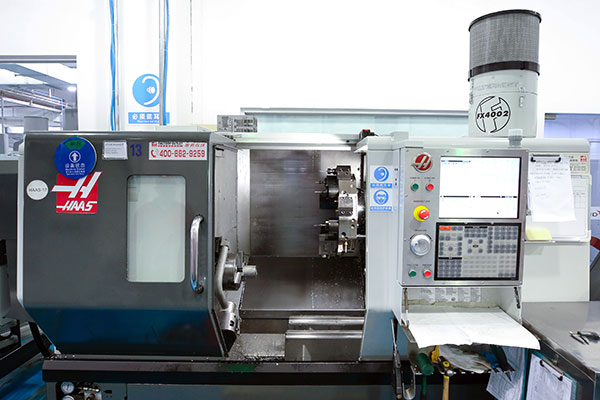
Modern CNC machine turning centers have come a long way from their forebear, the humble lathe. With the advent of computer controls and multiple directions of travel, these amazing workhorses can do turning and vowin.cn/en/News/news1251.html' target='_blank'>milling operations on one fast and accurate machine.
They are indispensable tools we use every day for making rapid prototypes and low-volume productionparts in metal and plastic. Let’s take a closer look at what makes them so useful.
This means that the workpiece turns while the cutting tool remains stationary. This kind of action favors the manufacturing of round and cylindrical shapes because the workpiece is constantly spinning.
This action differs fundamentally from milling, where the workpiece is held stationary and it’s the cutting tool that spins. That kind of action is better for making square shapes, flat faces, angles, bevels, gear teeth and many other geometries. The turning center is able to combine the functions of turning and milling in one machine, due to the design of the turret.
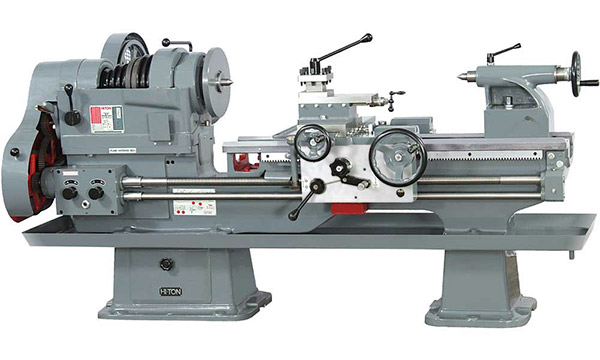
Tool room engine lathe
Think of the turret as a carousel, and on that carousel is mounted a series of cutting tools. The turret rotates as needed to bring stationary tools into position so they can operate on the spinning workpiece.
Aside from just rotating to load different cutters, the turret also moves freely in its own X-Y plane relative to the workpiece. It helps to visualize it like this:
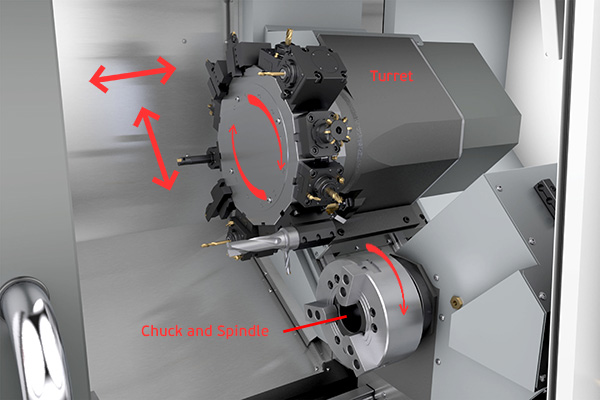
Image courtesy of Haas Automation
Cutters are mounted on different locations on the turret, some of them in-line with the workpiece and some of them perpendicular. When using “live” toolholders, they can rotate on their own separate spindles to cut, grind, drill, etc.
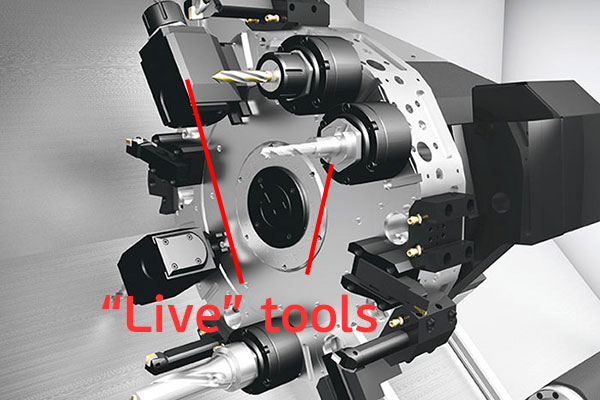
Image courtesy of Haas Automation
Taken together, these degrees of movement mean the turning center can replicate many of the functions of the traditional CNC mill as well as a CNC lathe.
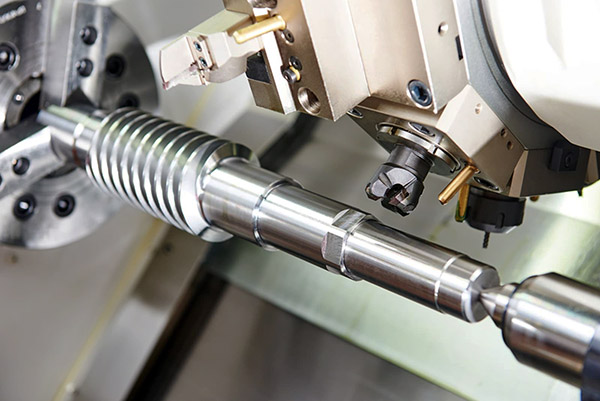
Image courtesy of engineering.com
One advantage of the turning center is that the chuck and spindle are hollow down their central axis of rotation. This allows new feedstock to be loaded into the chuck from the spindle side using automatic bar feeders such as we have at Star Rapid.
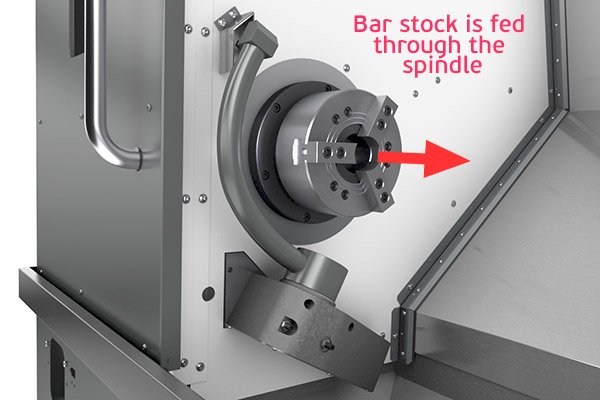
ST-20Y spindle detail
With a bar feeding system, production is continuous and therefore high volumes can be produced very quickly.
Complex round or cylindrical parts often require other features that only milling can provide, like square-sectioned cutouts or angular faces. To do this, the turning center can hold the workpiece in a fixed position while a live tool performs the additional milling function.
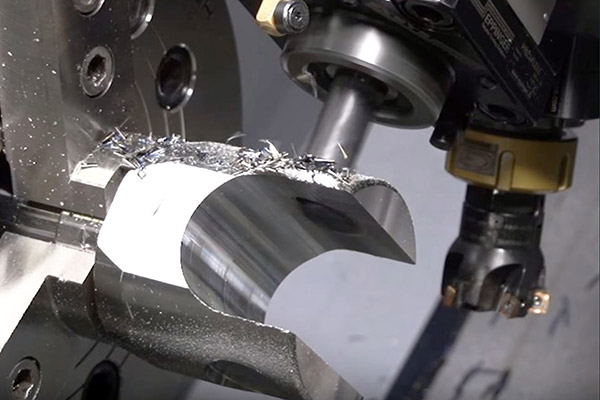
Milling perpendicular to the axis of rotation
Since the workpiece is held by the chuck mounted on the spindle, no specialty holding fixtures are needed. This reduces set-up times and lowers cost and complexity.
Indexing refers to telling the computer where the tool is relative to the workpiece. Since all workpieces are mounted on the spindle, their location is known and so it is easy to index a tool relative to this point. This makes set-up fast and accurate.
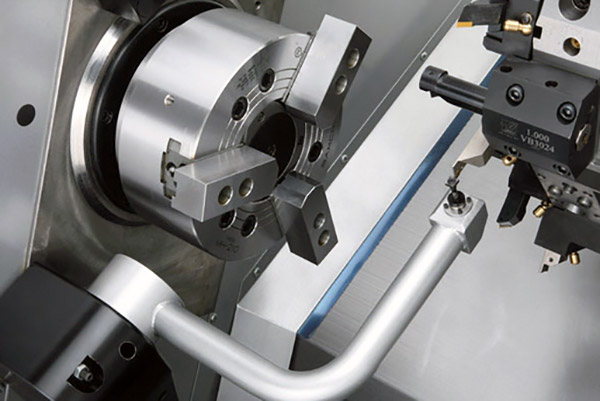
Haas tool presetter
When turning, the cutting tool is in constant contact with the work surface rather than “chipping” away at it as would happen with milling. This produces an excellent surface that often requires no secondary processing.
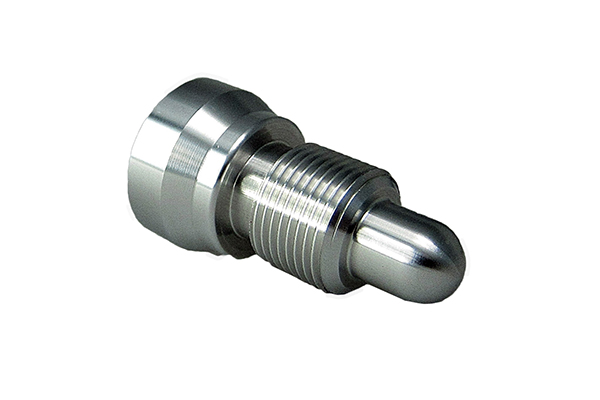
Because of the variety of services we have to support rapid prototyping and low-volume production, there are virtually no additive or subtractive machining tasks that we can’t do. We’ll find the right equipment and processes to make your parts as fast and efficiently as possible. Find out how when you contact us for a free quote.


